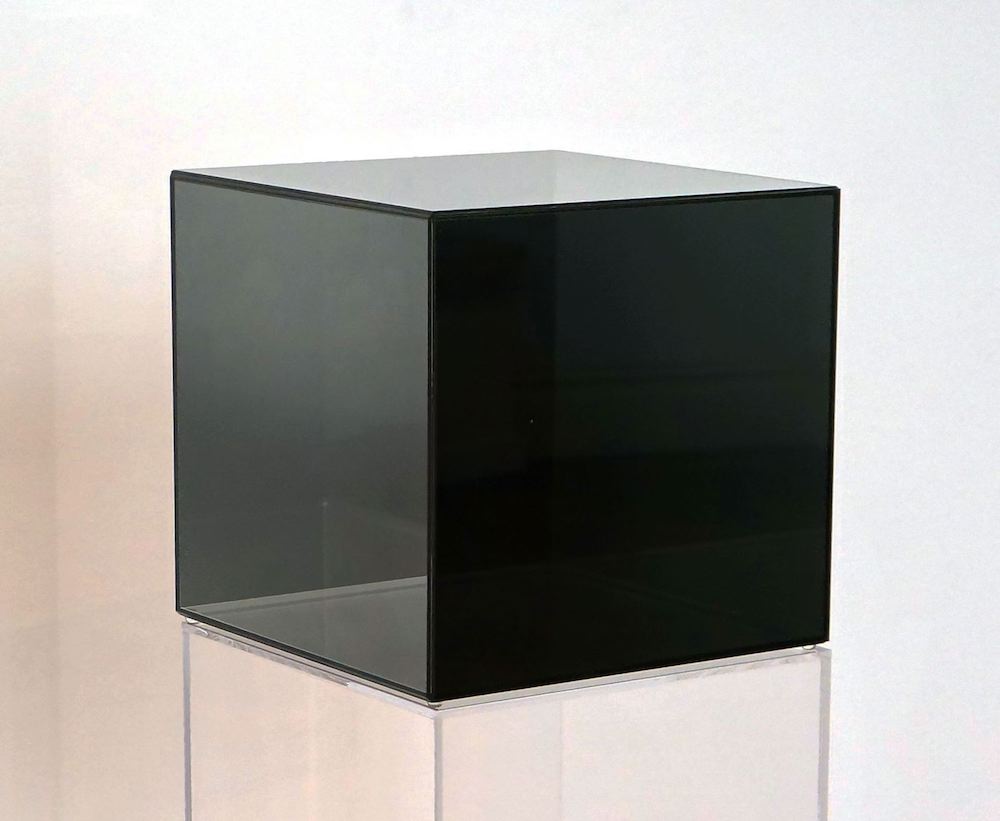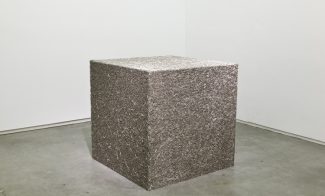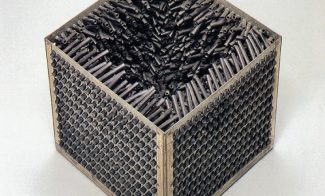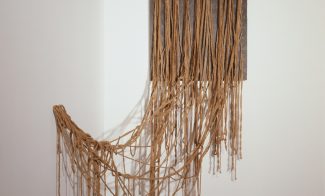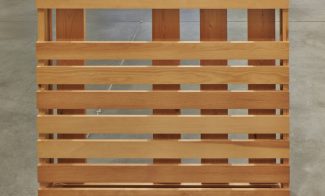Larry Bell (Born 1939 in Chicago) explores light as a sculptural medium through innovative uses of glass. A pioneer of the California Light and Space movement among artists such as Robert Irwin and Doug Wheeler, Bell is best known for innumerable iterations of the glass cube. Combining material fragility with a form evocative of industrial and mass production, the cubes’ optically confounding surfaces push the limits of perception.
The rapid development of newly engineered materials in California’s booming aerospace and automotive industries of the 1960s informed Bell’s investigations of light and environment in sculpture, particularly the application of semireflective optical coatings to glass. Supported by initiatives like the Los Angeles County Museum of Art’s Experiments in Art and Technology, artists associated with Light and Space developed interdisciplinary partnerships with scientists to inform their use of innovative industrial materials, such as new plastics like polymer resins and vacuum-formed acrylic, chrome, fiberglass, and Plexiglas. Developments in perceptual psychology, space exploration, and car culture in Los Angeles provided a context for both serious and playful explorations of the optical and phenomenological experience of art.
CUBE 27 continues Bell’s exploration of transparency and illusion through the application of metallic and nonmetallic coatings to glass. These coatings, such as Inconel—an alloy of nickel containing chromium and iron—are vaporized and applied through vacuum deposition, the same technique used to treat camera lenses, telescopes, and conductive surfaces in the optics, automotive, and computer industries. A contradictory object, CUBE 27 models the perceptual interference created by a discrete volume whose semireflective interior surfaces seem to betray another volume or lend a different shape to light.
